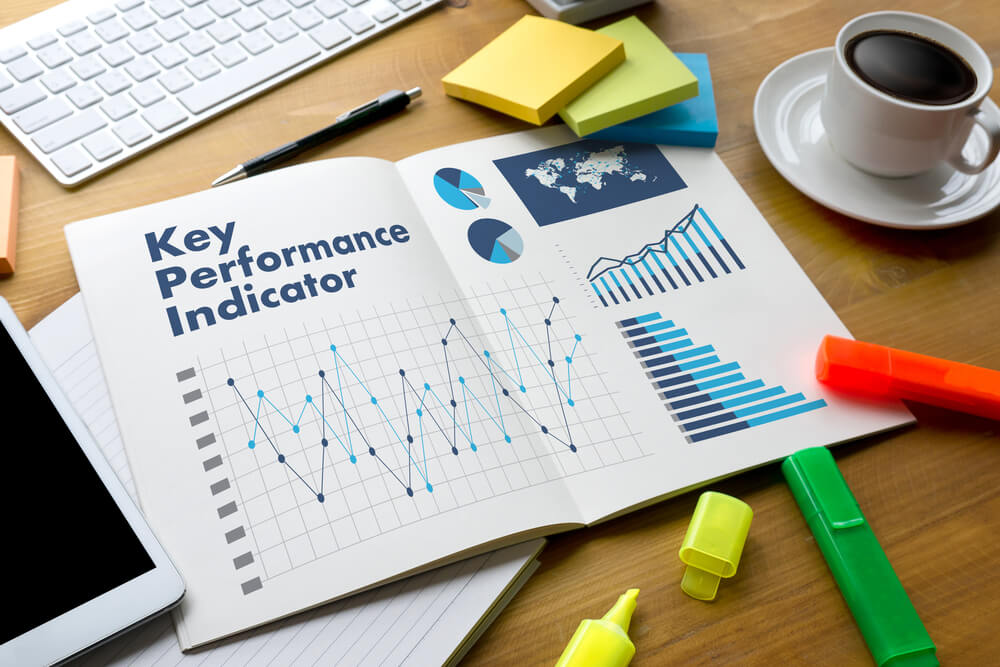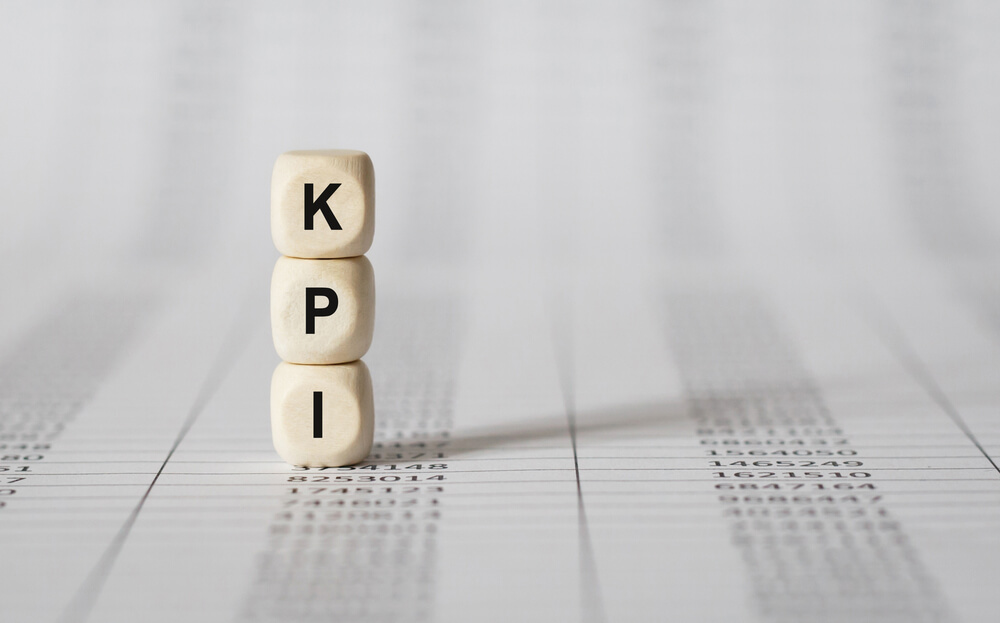If you cannot measure something, then you cannot judge how well you are meeting your goals. When evaluating your accounts payable metrics, you need to refer to the business goals to determine where you stand on your quest to accomplish them.
This mindset can be applied to accounts payable KPI performances because the process consists of multiple moving steps and just as many individuals across the spectrum. It’s critical to spot essential measures of performance and metrics or else it is inevitable that key components that could otherwise lead to success will be missed. Practically all businesses utilize performance indicators to facilitate their functionality and to gauge each component’s contribution to the success of the business overall. Accounts payable KPIs are no different.
What Are KPIs in Accounts Payable Outsourcing Services?
Modern finance has evolved several different effective methodologies for measuring accounts payable (AP) metrics. The “KPIs” in “accounts payable KPIs” stands for “key performance indicators.” These performance indicators are ideally measurable data points that are closely connected to the completion of a specific business endeavor.
Ideal accounts payable KPIs need to be time-bound and specific, and all project members must agree. For how to measure accounts payable performances accurately, one must gauge KPIs on a regular basis. This should happen no less than every quarter to make sure that accounts payable metrics are consistent with the project’s goals. Then, if needed, areas of improvement can be identified.
In the event of new technology implementation, a business acquisition or merger, or an organizational restructuring, the changes in the process can only be measured when the relevant accounts payable KPIs are in place.

KPI #1: Cost Per Invoice
Defined as the combined average cost of running one invoice through the business organization, the cost per invoice can depend on several different factors you include in the equation. Sometimes the cost per invoice of a company might present as deceivingly low. It might not include some hidden costs that are damaging profit margins.
A business with a paper-based manual invoice process will want to consider the operational cost and the labor while employees spend a fair deal of time organizing the physical documents in a process that is at a high risk of human error. The mistakes that surface from manual invoice processing must be taken into proper account. The accounts payable procedure, when including the time invested by business users, will also impact the cost per invoice.
The total processing cost per invoice is dramatically increased when the additional factors of labor costs are included. Aside from staff costs, other common factors that add to each invoice’s cost are:
-Audit fees
-Lost supplier discounts
-Mailing and printing
-Errors in payment
-Equipment systems and their requirements
It has been shown that companies with no or little automated processes spend up to $10 or more for each processed invoice. The best performers only cost $2.07 and can perform the same tasks. Sometimes the cost can be even lower. The average spent across all organizations per invoice is $5.38. The deceitfulness of outcomes comes from the wide spectrum of accounts payable metrics used to calculate it. The performance will be highly dependent on the company’s total numbers of invoices processed, the type of industry they’re involved with, the system used, the percent of invoices from actual purchase orders, and the structure of the accounts payable KPIs.
This accounts payable KPI must be used with care. Financial professionals must take heed to concentrate on gauging performance over time instead of holding it against the performance of external peers for comparison. The APP2P Network suggests that the total cost for accounts payable compared with total revenue can be a viable alternative metric to gauge KPIs.
Keep in mind that the purpose of this accounts payable metric needs to be representative of the organization’s objectives. More advanced automation tools are important for a company that’s concentrating on a high degree of touchless invoice processing and for deciding how to measure accounts payable performance. This might send the cost for each invoice higher in the short term, but in general, all automation protocols that reduce the number of manual steps involved in processing will have an overall lowering effect on cost metrics.
KPI #2: Number of Invoices per AP for Full-Time Employees
This number might not present itself as your top choice for a KPI metric, but it exists as an indication of efficient productivity. Therefore, these accounts payable KPI shouldn’t be ignored. The variable is how an organization measures the volume of invoices. The measurement can be daily, weekly, monthly, or annually, varying greatly based on the type of industry. The easiest way to gauge this KPI is to take the annual volume of invoices and then to divide it by the total number of accounts payable related to full-time employees.
Similar to the cost per invoice KPI, this metric can be a bit tricky and needs some careful planning before comparing the result of the above equation with industry peers. Even though this metric is a fair way to gauge the overall performance of the accounts payable department, the full picture might be obscured when looking at the role of accounts payable within the company.
Day-to-day semantics are reduced when processing is automated. The workload on accounts payable can then be easily managed. However, this doesn’t necessitate laying off employees. Several other strategic tasks such as data management and financial support can be given by reassigned staff who can put their knowledge of quality AP resources to good use.

KPI #3: Invoice Lead Time
This accounts payable KPI tracks the overall time required to receive an invoice and to go through processing and finalization. The steps to have it made ready for the financial system include:
1) Standardize the data in a format that is digitized.
2) Pair the invoice with supporting documents like a receipt of goods note or purchase orders whenever possible.
3) Assess any discrepancies, and approve or deny them accordingly.
4) Code the invoice, and give it to the correct owner of the budget for acceptance.
5) Finish the overall review.
This metric can easily be followed in your system if the accounts payable department is automated, and the full process can be traced efficiently. If certain areas of the procedure fall outside of the accounts payable solution, then the difficulty of acquiring an accurate overall picture increases. However, a bit of tweaking of the process can improve the quality of this KPI.
An advanced solution for accounts payable that is automated allows for benchmarks to display the organization’s invoice expenses across each seven-day cycle. The most skillful companies lower the numbers to below six business days. Ideally, fewer than one day will be required to process a variety of invoice types. This is only achievable when an organization has adopted a process that is relatively touchless.
What are KPIs in accounts payable if not a means by which to judge the efficiency and to help spot a means to improve? By eliminating more manual steps, the heaviest lifting is done with record accuracy, and companies save time and money. After implementation, businesses can then move on to diverting resources for value-increasing purposes that will drive long-term growth. Contact us for more information about measuring accounts payable performance and KPIs.






